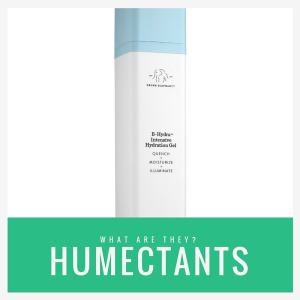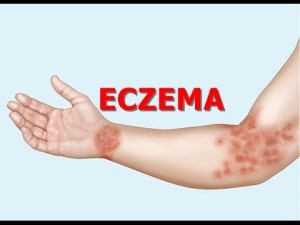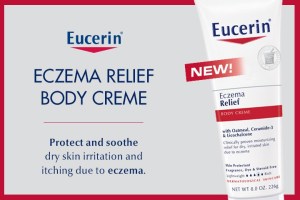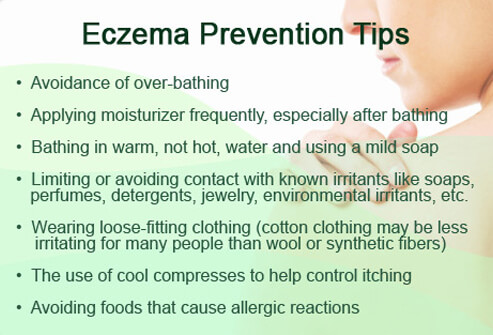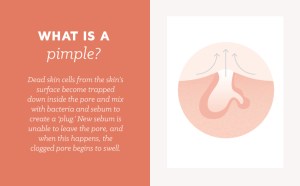What Is Microdermabrasion?
Larry Jaeger is an expert at treating all forms of skin disorders and skin disease. He has performed microdermabrasion treatments at Advanced Dermatology Associates for many years and discusses the skin care benefits.
Microdermabrasion, also known as microderm, is one of the easiest, safest and most effective anti-aging treatments you can get. It has many benefits! Microderm softens fine lines and wrinkles, helps to smooth coarsely textured skin, decreases the appearance of shallow scars, decreases pore size, and reduces superficial hyper-pigmentation, also known as age spots. Microdermabrasion also makes it easier for high-tech serums and skin care products to penetrate into the deeper layers of the skin. That helps build collagen, which gives skin its plump, youthful appearance.
Changing Skin Care Treatments
Professional microdermabrasion is usually done in a day spa, medical spa or specialized skin care studio. Microdermabrasion is essentially mechanical exfoliation that takes place with the help of a machine. The outermost layer of dead skin cells is removed from the face, chest and hands by physical means — not a chemical peel.
There are two types of microdermabrasion:
- the original crystal microdermabrasion technology
- or the newer diamond-tip microdermabrasion.
The original microdermabrasion technology, which has been around since the ’80s, is called crystal microdermabrasion. It uses a wand to spray and then vacuum up aluminum oxide crystals, also known as corundum, the second hardest mineral after diamonds.
Crystal microdermabrasion might also appear on a spa menu as particle resurfacing, power peel, derma-peel or Parisian peel. It can sting a little bit, and leaves a little residue of crystals on the skin. It’s important to wear eye covers when you get a crystal microderm treatment.
The newer diamond-tip microdermabrasion has been growing in popularity because it achieves the same results with less discomfort and without the crystal residue at the end of the treatment. The esthetician uses a variety of diamond tips, from coarse to fine, depending on how thick or delicate the skin is. The diamonds are the hardest mineral, and exfoliate the skin as the esthetician passes the wand over the face several times. Suction in the middle of the wand pulls the dead skin cells off the face. Because there are no loose crystals, you don’t have to wear plastic eye covers.
Which is better? Crystal microderm or diamond tip microderm? It’s really a matter of personal preference — and which machine your spa has. Most spas are buying diamond tip machines now, but may still have the crystal microderm machines. Some women prefer the more aggressive feel of the crystal microderm machines because they can tell something is “happening.”
The latest technology to hit the market is the HydraFacial, which uses water to deeply exfoliate the skin, perform extractions, then infuse the skin with serums.
The Benefits of Microdermabrasion
Microdermabrasion can achieve dramatic results, but it is highly dependent on the skill of the esthetician. In general, it’s best if you get it from an esthetician you already know and trust. For the best results, it is generally recommended get a series of treatments. Your esthetician should be able to recommend the number that is appropriate for your skin type and condition. A typical diagnosis is six treatments about 10 to 14 days apart.
Dr. Larry Jaeger is the medical director of Advanced Dermatology of New York, and specializes in the area of medical, cosmetic and surgical dermatology.
20 FACTS ABOUT MICRODERMABRASION TO WOW YOUR FRIENDS WITH…
1. Microdermabrasion was first developed in Italy in 1985 — pasta, pizza and microdermabrasion — thanks guys!
2. There are over 100 microdermabrasion machines on the market but they all have the same basic design — exfoliate and suck up those dead skin cells!
3. Microdermabrasion has been shown to diminish fine lines, wrinkles, shallow acne scars, though results may vary from person to person.
4. Those who suffer from enlarged pores will be pleased to know microdermabrasion can help minimize pores and is great for unclogging them.
5. Microdermabrasion may decrease the appearance of superficial hyper-pigmentation, age spots and other superficial skin damage caused by the sun.
6. Removing dead skin through microdermabrasion can aid in the penetration of skincare products by up to 50% and with a more even surface to work with, it allows makeup to go on more smoothly.
7. In 2009, the American Society of Plastic Surgeons reported there were 910,168 microdermabrasion procedures done in the US alone (176,541 of those men). It’s obviously big business, and not just in the States either.
8. Many people choose microdermabrasion over chemical peels and laser treatment because it is generally safer and more cost-effective.
9. The procedure may be a little uncomfortable but shouldn’t hurt (though skin can feel a little tender afterwards).
10. Microdermabrasion stimulates blood flow, which increases the nutrition delivered to skin cells. This improves cell production, which improves skin’s elasticity and texture.








